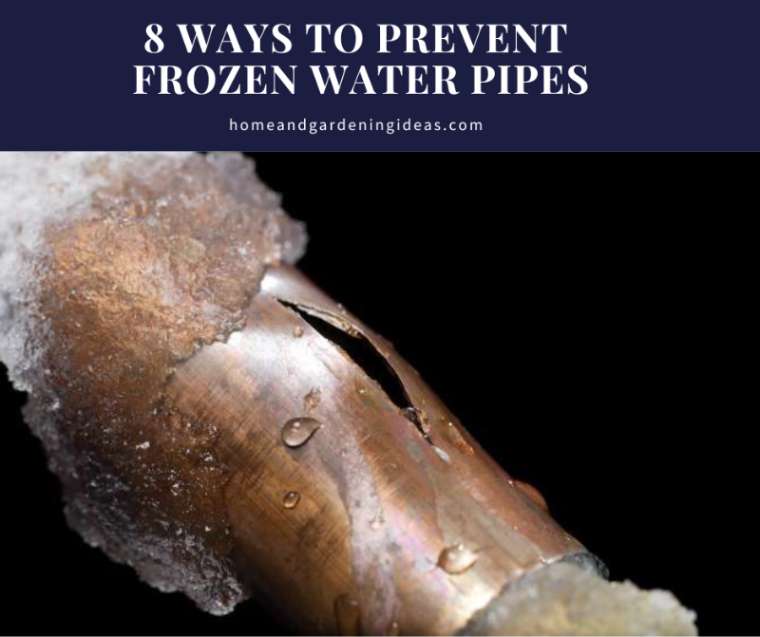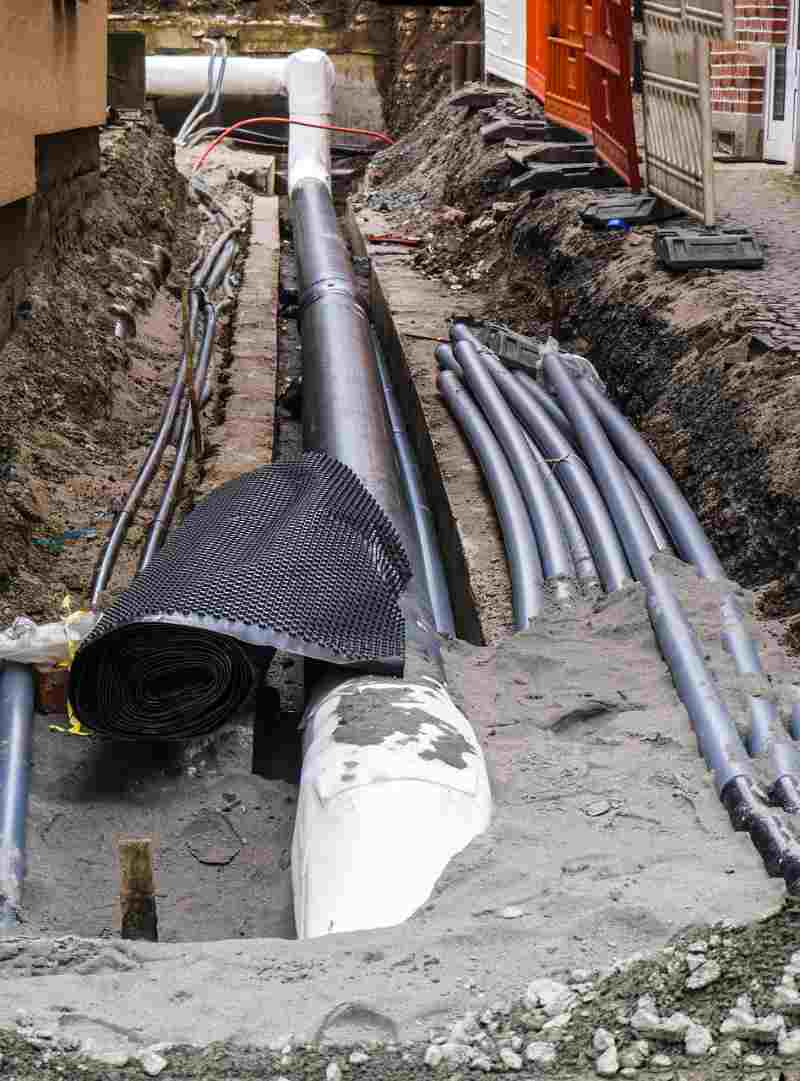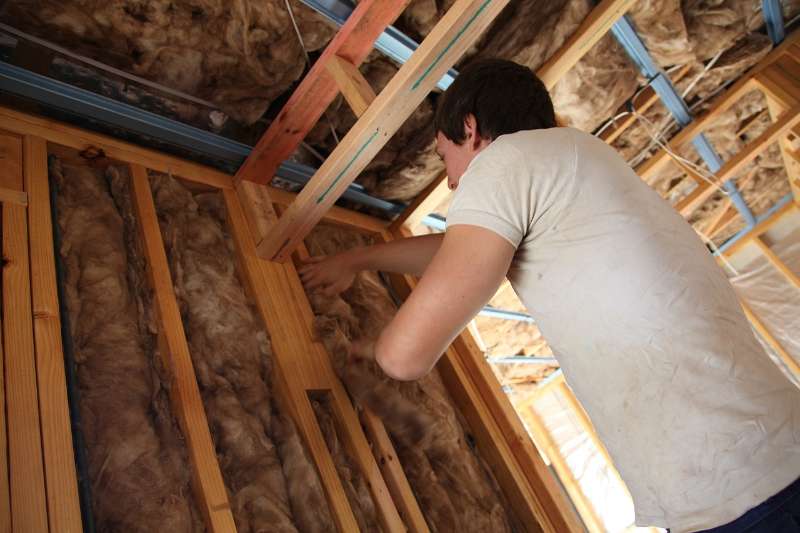8 Effective Strategies to Prevent Frozen Pipes
When winter’s chill sets in, the threat of frozen water pipes looms large for homeowners. Burst pipes due to freezing can result in extensive damage and costly repairs.
However, by taking preemptive steps, you can protect your plumbing from the cold’s icy grip. In this comprehensive guide, we’ll delve into eight effective methods to safeguard your pipes against freezing.
1. Insulate Exposed Pipes:
Insulating pipes is a fundamental approach to thwarting freezing. Pipes located in unheated areas, like basements, crawlspaces, and attics, are especially vulnerable. Apply foam insulation sleeves or heat tape to these pipes to create a barrier against the cold. Insulation not only preserves heat within the pipes but also prevents frigid external temperatures from affecting them.
2. Maintain Indoor Temperatures:
Consistent indoor temperatures play a pivotal role in preventing frozen pipes. Ensure your home is adequately heated, even if you’re absent. Maintain a thermostat setting no lower than 55 degrees Fahrenheit (12.8 degrees Celsius) during colder spells. This maintains a warm environment, inhibiting the water inside pipes from freezing. Additionally, leaving cabinet doors open in kitchens and bathrooms allows warm air to reach pipes along exterior walls.
3. Let Faucets Drip:
A slightly open faucet can serve as a safeguard against frozen pipes. A trickle of flowing water reduces the likelihood of freezing by maintaining movement within the pipes. Concentrate on faucets connected to pipes vulnerable to freezing, such as those along exterior walls or in unheated spaces. While it may seem counterintuitive, the continuous flow minimizes the chance of ice accumulation.
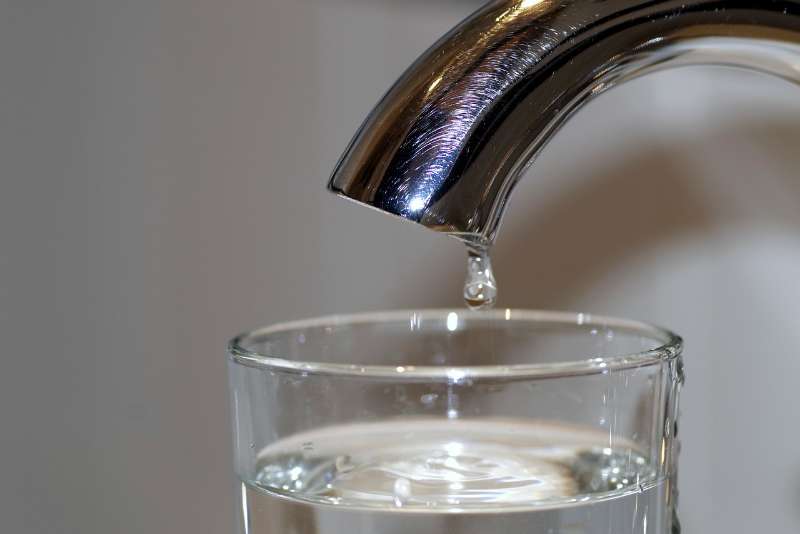
4. Seal Cracks and Openings:
Cold air infiltrating your home can exacerbate the risk of frozen pipes. Seal gaps and cracks in windows, doors, and walls to prevent this. Apply weather stripping and caulking around windows and doors, and insulate gaps in exterior walls. By preventing cold air from seeping in, you establish a controlled environment for your pipes, reducing the likelihood of freezing.
5. Upgrade Home Insulation:
Improving your home’s overall insulation can significantly contribute to preventing frozen pipes. Attic insulation, wall insulation, and sufficient insulation in crawlspaces are vital. Enhanced insulation helps maintain a consistent indoor temperature, creating a shield against external cold temperatures. Seek professional guidance to identify areas in need of insulation enhancement.
6. Heat Tape Installation:
Heat tape, or trace heating, is an electrical heating element that can be wrapped around pipes to prevent freezing. It regulates the pipe’s temperature and keeps it above freezing, even in frigid conditions. This method is particularly effective for pipes that are challenging to insulate due to their location.
7. Install Pipe Heating Cables:
Similar to heat tape, pipe heating cables are designed to wrap around pipes and provide a controlled heat source. These cables are available in various lengths and wattages, allowing you to tailor the heat output to your specific needs. They are a versatile solution for safeguarding both exposed and hidden pipes.
8. Maintain Proper Ventilation:
Good ventilation in areas where pipes are located is essential for preventing freezing. Proper airflow helps distribute heat and prevents the formation of cold pockets. Ensure that vents in crawlspaces and basements are unobstructed and functional, allowing warmer air to circulate around the pipes.
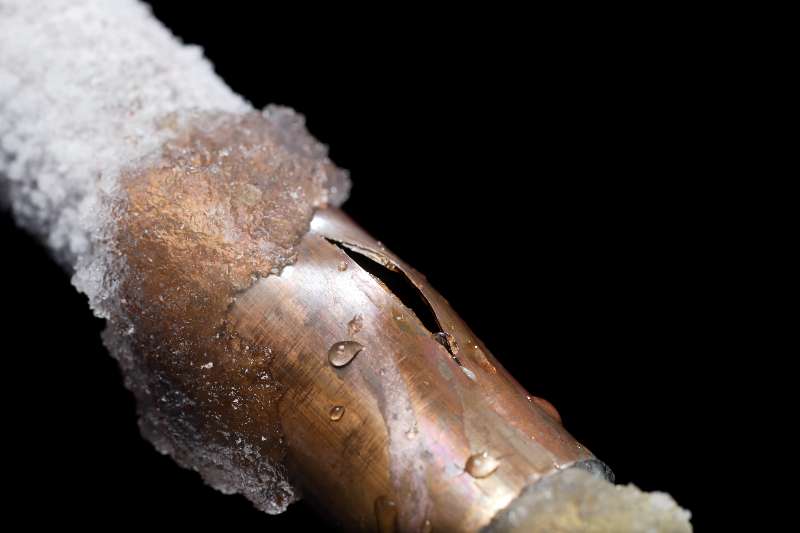
Protecting your plumbing from freezing during winter requires a comprehensive approach. By insulating pipes, maintaining indoor temperatures, letting faucets drip, sealing cracks, enhancing insulation, utilizing heat tape and pipe heating cables, and maintaining proper ventilation, you significantly reduce the risk of frozen pipes and the ensuing damage.
A combination of these methods ensures your plumbing remains resilient in the face of freezing temperatures, offering you peace of mind and a well-functioning home throughout the winter months.
 Home and Gardening Ideas At home and Gardening ideas we believe inspiring readers about homesteading, self sufficiency
Home and Gardening Ideas At home and Gardening ideas we believe inspiring readers about homesteading, self sufficiency
